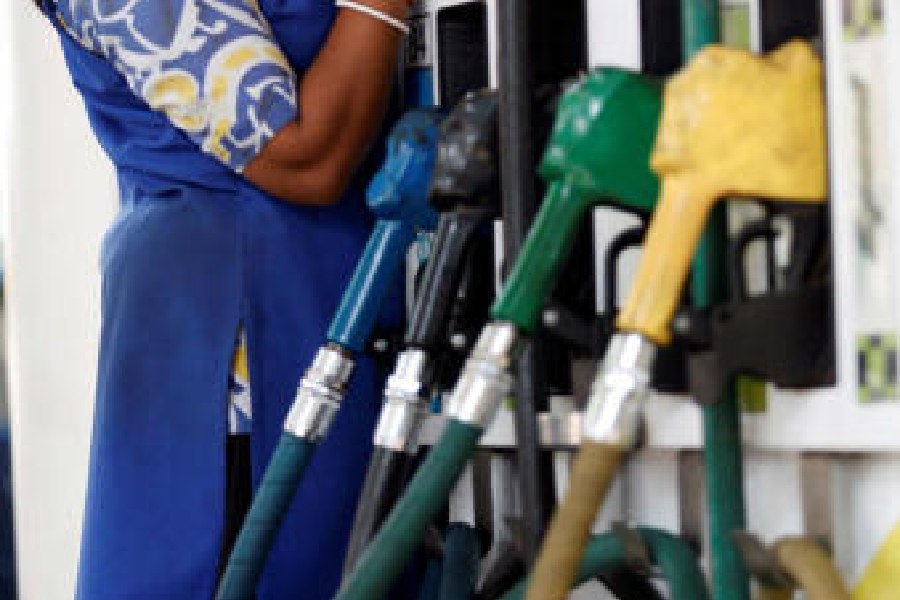 |
| Stealth warrior |
New Delhi, Aug. 10: The miniature reactor of India’s nuclear submarine reached “criticality” — that is, became capable of fully powering the vessel — early today, a development that the Prime Minister said “represents a giant stride in the progress of our indigenous technological capabilities”.
With the reactor of the INS Arihant now alive, India is a step closer to achieving its nuclear “triad” — the ability to launch nuclear weapons from land, from the air and from under the sea.
India’s nuclear doctrine of “no first strike” requires its strategic establishment to acquire a massive second-strike capability. The INS Arihant is such a platform in the making.
A nuclear submarine can “loiter” underwater for months, unlike the 14 diesel-electric submarines that the navy currently operates. The diesel-electric submarines have to surface every few hours, which makes them more detectable by the enemy.
The navy is also operating the INS Chakra nuclear submarine, which it has leased from Russia for 10 years. However, the Chakra is nuclear-powered but not capable of firing nuclear weapons.
The 6,000-tonne Arihant (Sanskrit for “destroyer of enemies”) is still at its base in Visakhapatnam, which is the base for all the navy’s submarines, but is set to go into sea trials within days.
Defence scientists expect the submarine to be ready for commissioning in two years after all its systems — propulsion, torpedoes, missile launch and survivability — have been tested.
The 83MW, pressurised, light-water reactor achieved criticality after checks and re-checks of thousands of systems, a source in the Defence Research and Development Organisation (DRDO) said.
“We are gearing up for the sea trials of Arihant,” former DRDO chief V.K. Saraswat had said in May.
The DRDO is also developing a missile called BO-5, which is likely to arm the Arihant. Trials of the missile have been held in the Bay of Bengal from a pontoon designed to mimic a submarine. Only America, Russia, France, China and Britain are capable of launching submarine-based ballistic missiles.
Prime Minister Manmohan Singh and defence minister A.K. Antony have congratulated the scientists and navy.
“I am delighted to learn that the nuclear propulsion reactor on board INS Arihant, India’s first indigenous nuclear-powered submarine, has now achieved criticality,” Singh said in a message.
“Today’s development represents a giant stride in the progress of our indigenous technological capabilities. It is testimony to the ability of our scientists, technologists and defence personnel to work together for mastering complex technologies in the service of our nation’s security.”
The government plans to have five Arihant-type submarines. At the Ship Building Centre in Visakhapatnam, technologists are currently engaged in building two.










